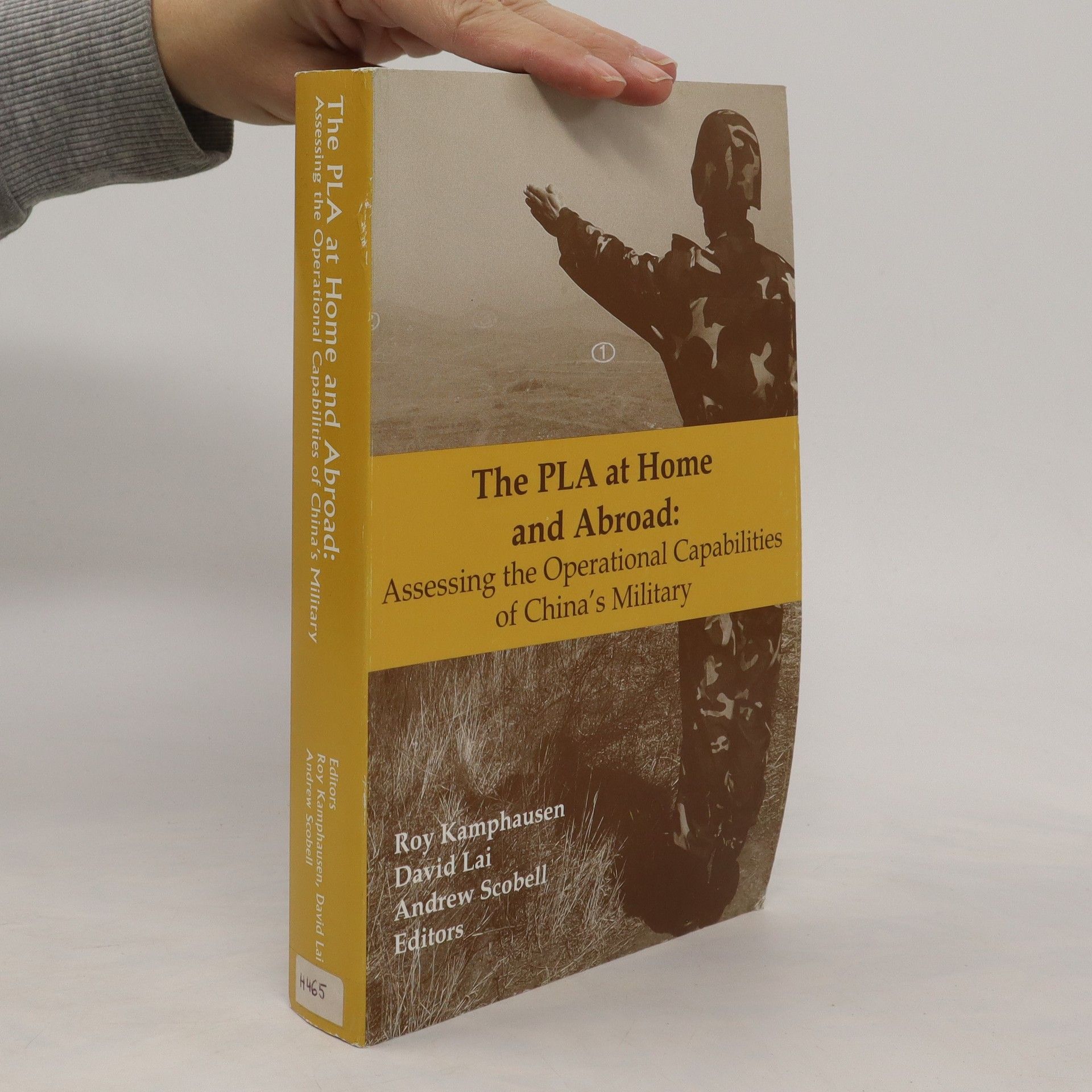The PLA at Home and Abroad
- 645pages
- 23 heures de lecture
Papers from the conference sponsored by the George H.W. Bush School of Government and Public Service at Texas A&M University, the National Bureau of Asian Research, and the U.S. Army War College, held September 2009 on the People's Liberation Army.

